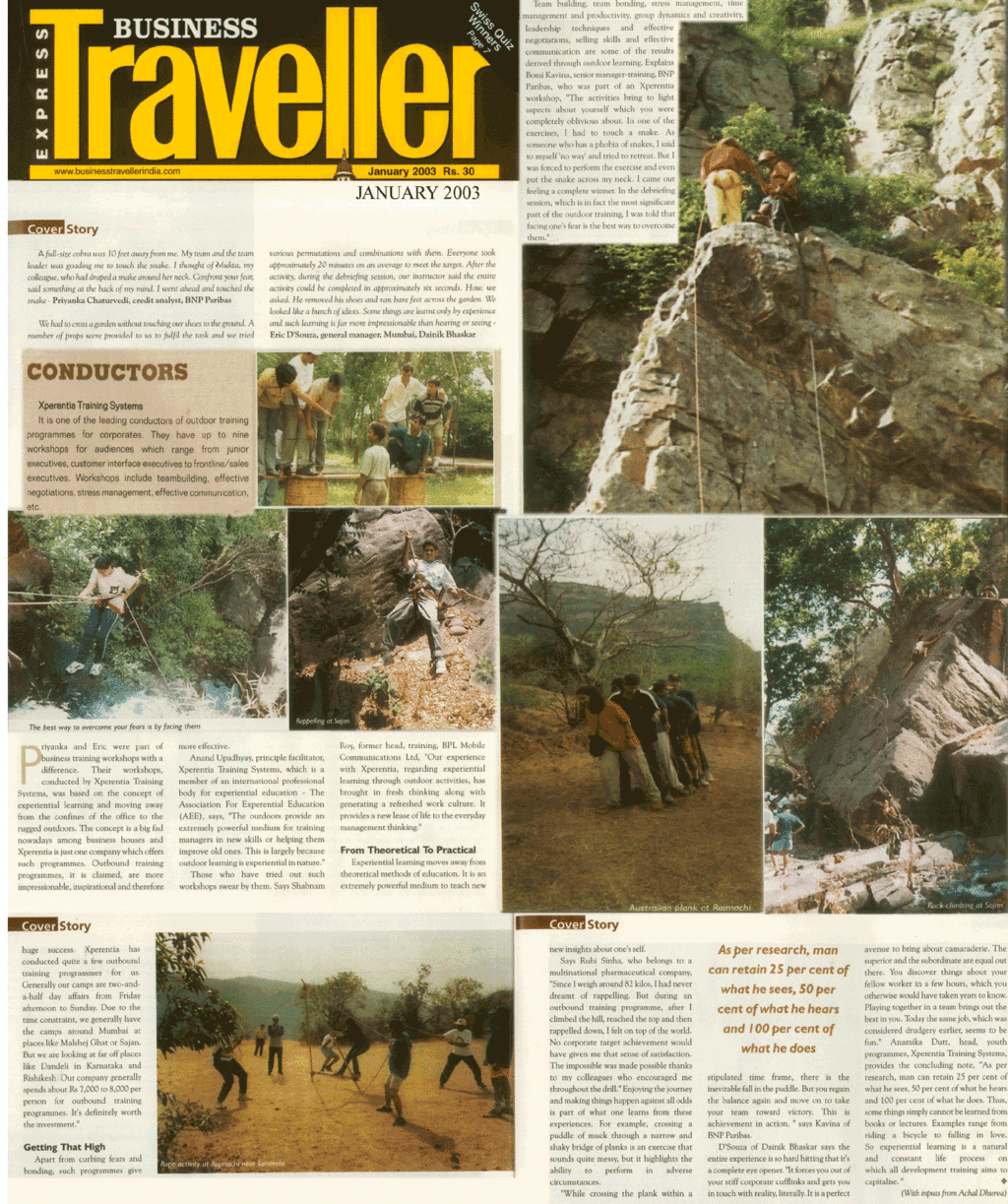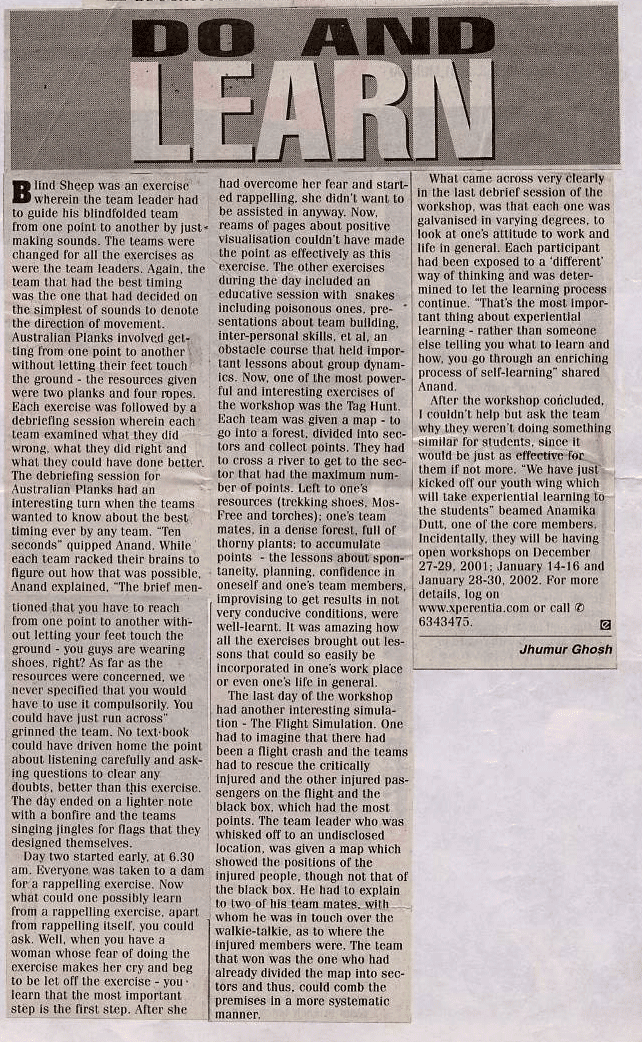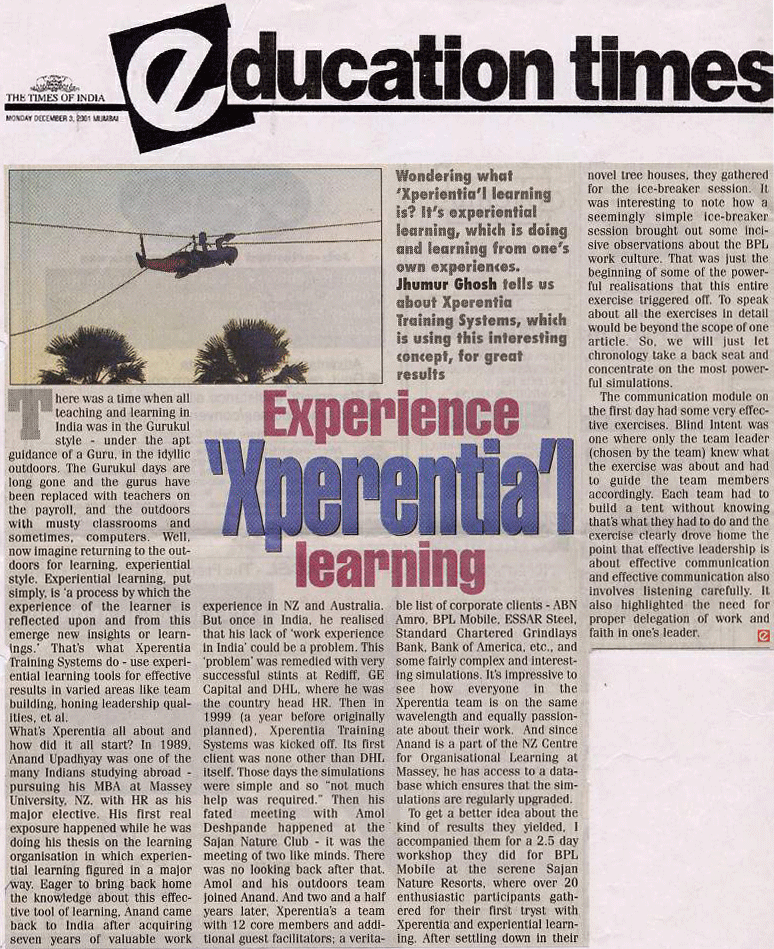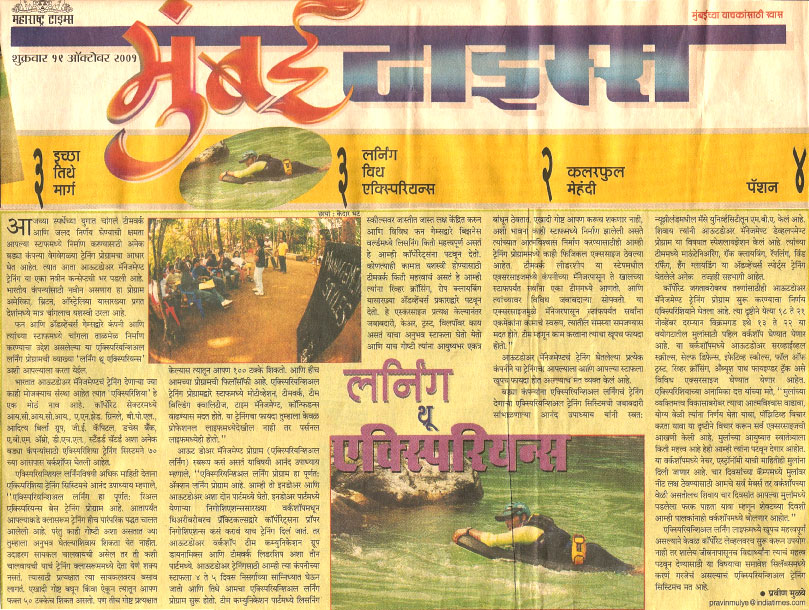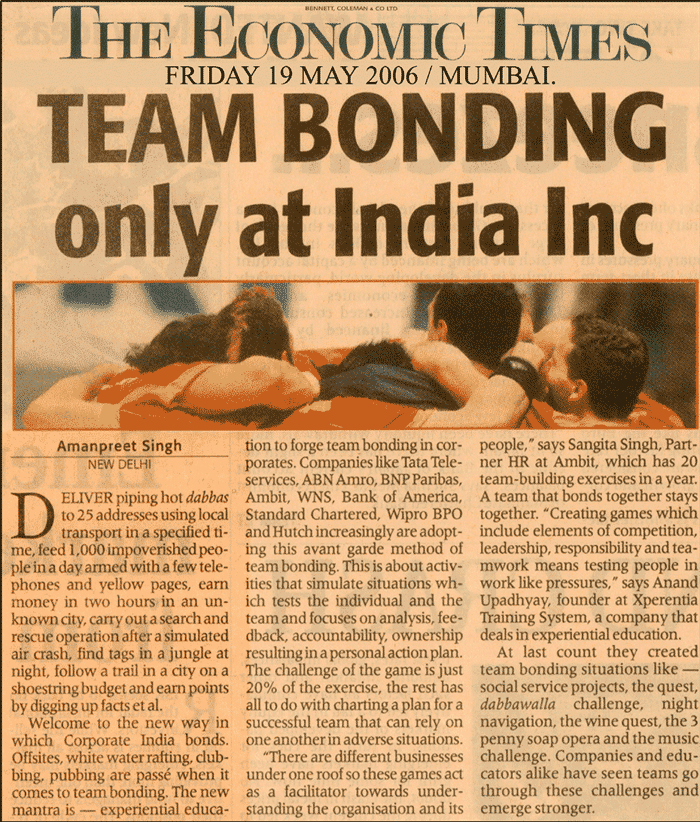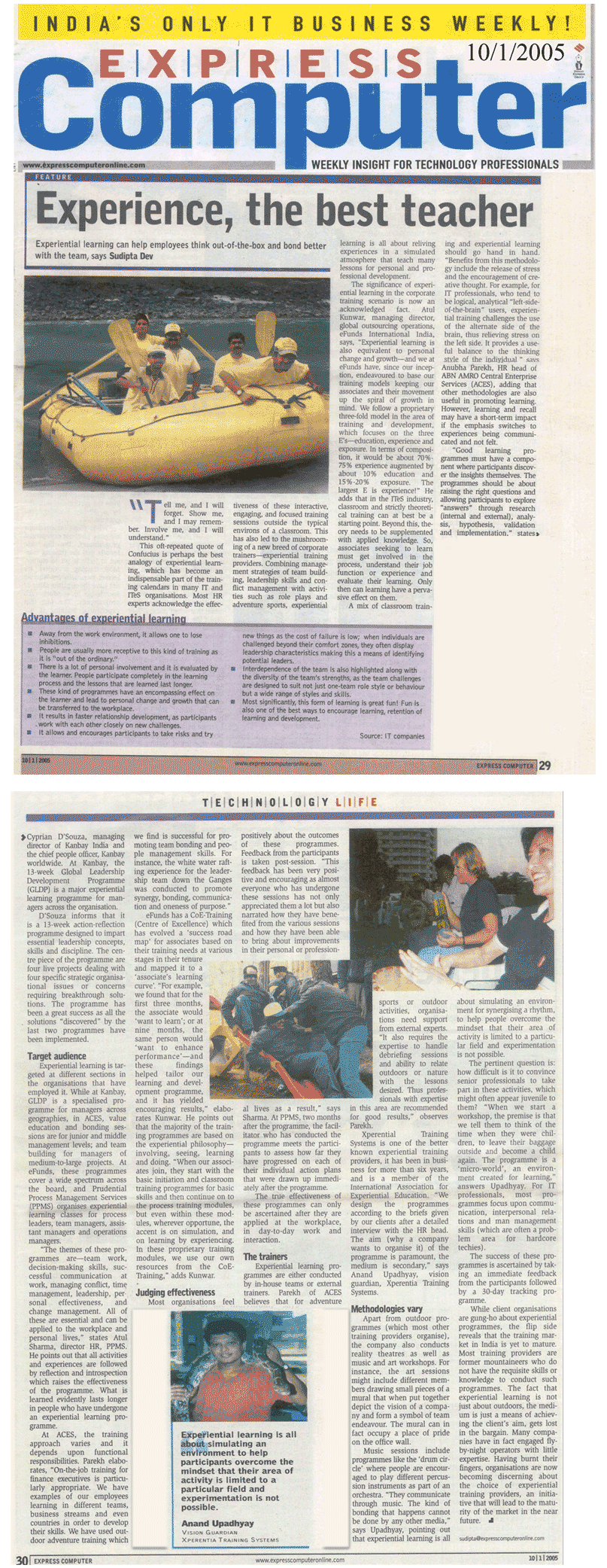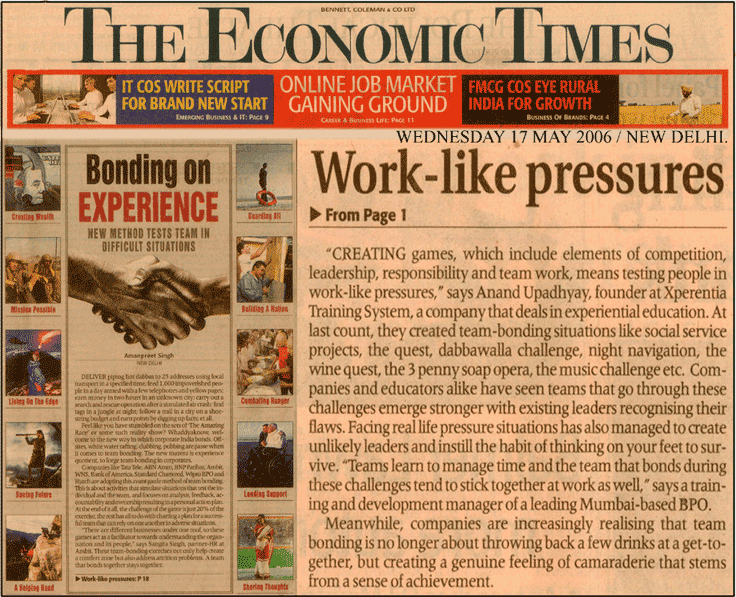“People grow through experience if they meet life honestly and courageously. This is how character is built”
– Eleanor Roosevelt (1884-1962)
DNA is the basic building block of any organism. It is a script, which often results in different interpretations by different cells of the organization. These interpretations are determined to a large extent by the environment, and indeed the experience, that the cell has been subject to.
A case in the support of this theory is the study done on the impact of the Dutch Famine of 1944 on the foetuses exposed to the famine during various phases of the gestation. The study found that the likelihood of obesity was higher in the people exposed to the famine in the early period of the gestation – precisely the time at which the “genetic script” is being written. This experience of malnourished for the foetuses, basically, hard wired the body’s metabolism to store food for later usage – also leading to glucose intolerance, CHD and even has an impact on mental health etc.
Other studies has conclusively demonstrated that children who lived in abusive homes and later moved to more stable and loving families – before they were three years old – have grown up with substantially higher risk of mental health problems than the general population. This impact is observed even when the children were too young to remember their abuse.
Dude, who changed the script?
Both of the above cases, which are just a couple of the many studies done, say essentially the same thing. Humans, children in particular, are a sponge for the environment they are in. They absorb the experiences at the very basic level and thereby become the very product of the aforementioned experiences.
Designing the experiences for children, therefore, becomes an area of massive importance. Such experiences can be designed to make a child a better sportsman, a better student or perhaps most importantly a better and more well-rounded human being.
The following simulations in our workshops are among many which are extremely effective in imparting experience based learning to children:
Tryolene Traverse (River Crossing)
Simulations like River Crossing, where participants cross a river or valley using mountaineering equipment, focus on issues like managing time effectively, prioritizing various tasks and their execution. The parallels that this simulation holds to the academic life of the student is brought home in this simulation. Issues like effective lesson planning, learning how to prioritize between various parts of the syllabi and working according to a set plan with time frames are also addressed.
Blind Intent
The simulation brings home the point how paying attention to and focusing on the instructions and, therefore, executing them well can lead to desired results. Throughout the simulation, the group has to follow instructions and it depends upon how effectively you listen, that translates into a well accomplished task. Learnings here draw parallels with focusing / lectures that can help in planning studies better and reduce duplication of efforts in terms of needing to repeat what’s covered during class. It also draws home the importance of asking questions and opening up, thereby making understanding of the subject clearer and, therefore, more interesting.
For more information on use of experiential learning for development of youth, please read
‘Right of Centre’
For more information on experiential learning, please visit www.xperentia.com


